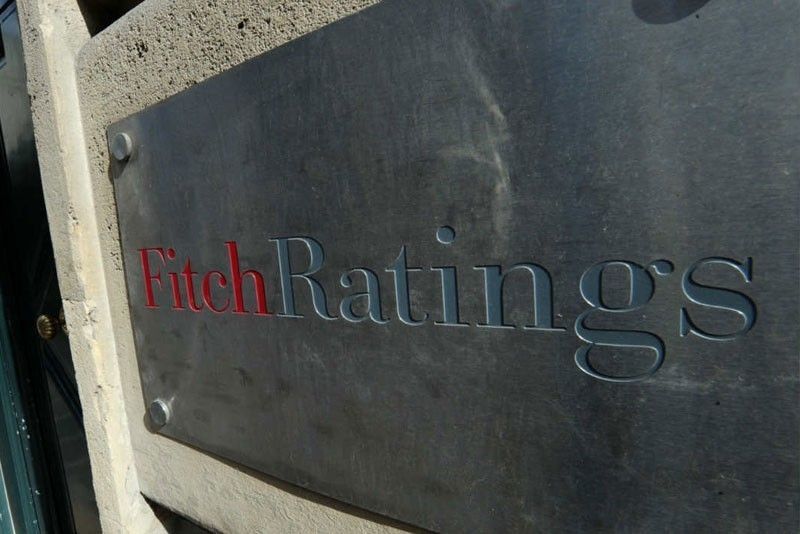Pandemic prompts Fitch to lower Philippines' upgrade expectations

MANILA, Philippines — The government’s credit rating upgrade ambitions were tempered by Fitch Ratings on Thursday, with the debt watcher scaling back its “positive” outlook.
The debt watcher’s decision returned the outlook for the country’s BBB investment grade rating to “stable” which the government said indicates it “will likely be maintained over the next 18-24 months.”
In contrast, a positive outlook would have meant an upgrade to at least a BBB+, which would have put the Philippines just a notch away from its coveted “A”-level rating.
The Duterte administration set its sights for an "A" rating by 2022, before the coronavirus disease-2019 (COVID-19) pandemic messed with its plans. Central bank Governor Benjamin Diokno said while the government is sticking with that target, bagging an "A" rating "would have to take a backseat” for now as all efforts are concentrated to contain the outbreak.
Meanwhile, Finance Secretary Carlos Dominguez III said in a statement after Fitch’s actions: “The government is capable of meeting the huge financial requirements of its COVID-19 response…”
A credit rating is a measure of an entity’s capacity to settle its debts. The higher the rating, the better the perception of investors on a borrower. For most credit raters, an “A”-level rating represents the highest tier.
Wider deficits, bigger debts seen
In a statement, Fitch recognized the virus’ impact on the economy. “The outlook reflects the deterioration in the Philippines’ near-term macroeconomic and fiscal outlook as a result of the impact of the global COVID-19 pandemic,” it said.
“Fitch projects the economy will contract this year, and that fiscal relief measures will contribute to a widening of the 2020 general government deficit by more than 3.5 percentage points of GDP,” it explained.
The weakness is already being felt. Earlier in the day, state statisticians reported gross domestic product (GDP) contracted 0.2% year-on-year as of March, the weakest performance since the final quarter of 1998.
For now, Fitch said it sees the Philippine economy shrinking by as much as 1% by year-end, although this is still “uncertain and subject to considerable downside risks,” meaning economic performance could be worse due to “muted” consumption.
Remittances, which fuel household spending, are seen to fall 2.5% this year, contributing to a wider current account deficit projected to hit 1.6% of GDP from last year’s 0.2%.
Meanwhile, higher state spending to support the poor during the outbreak also means “higher deficits" which officials already said they are willing to tolerate. Deficits mean there could be more borrowing which Fitch said will push up debts to “about 46% of GDP” by 2021 from currently 35%.
“The Philippines’ general government revenues are still weaker than the peer median, although we expect further progress on tax reforms to lead to higher revenues over time,” the debt watcher said.
Fitch said it can tick up the country’s BBB rating if it sees a “recovery” on economic growth, as well as “strengthening of governance standards.” Higher revenues and lower debts are also key.
On the flip side, a downgrade may happen if high foreign-currency reserves deteriorate, with external debt. More bad loans from banks that “leads to instability” could also prompt a negative action.
- Latest
- Trending


























